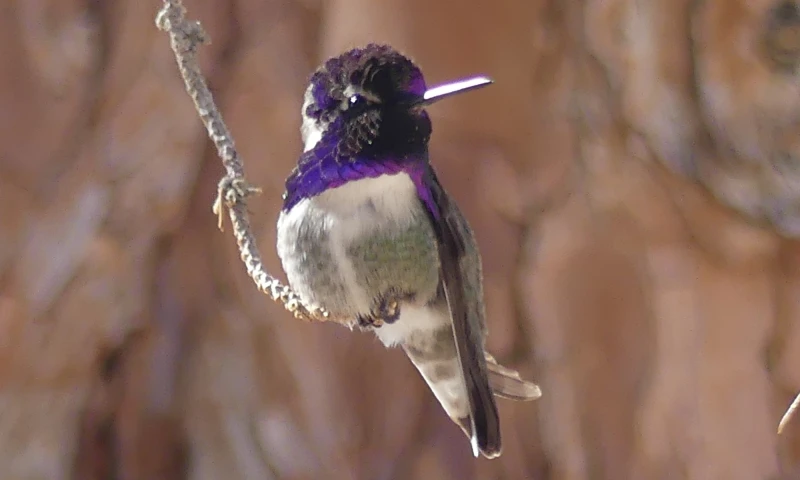By Andrea Villanueva
Many cultures have formed special connections with birds all around the world. Mexico and its indigenous communities have a significant connection to the avifauna that inhabit the country. We can see this connection throughout Mexico and its art, spiritual practices, and conservation efforts. Let’s explore how these feathery creatures have played such an important role in shaping Mexico and its culture.
Mexico serves as the home of around 1130 different bird species. According to the World Bank, Mexico is one of the world’s most megadiverse countries and represents 12 percent of global biodiversity in just 1.5 percent of the global land surface. Mexico is just as culturally diverse with numerous indigenous communities that are estimated to speak 364 languages of 64 major language families. Indigenous pre-Columbian adoration of birds is well documented throughout history. The feathered headdresses of Mayan rulers and the significance of quetzalli (feathers) in the manuscript Codex Mendoza, of the Aztec period, testify to the high cultural value given to Mexico’s birds over the centuries.
The hummingbird is one of the birds that especially holds cultural significance for pre-colonized communities in Mexico. Hummingbirds have been admired for the beauty in their iridescent feathers and their ferocity when protecting their territory despite their small size. These small birds have inspired folklore and are used in many spiritual practices by pre-Columbian Mexican cultures. Incan, Mayan, and Aztec folklore believe hummingbirds were associated with revival and resurrection due to some species" state of inactivity or torpor, which hummingbirds have as a metabolic adaptation to conserve energy at night or when food is not readily available. Aztecs often associated hummingbirds with resurrected warriors and even depicted one of their most powerful gods, Huitzilopochtli, as either a hummingbird with a feathered headdress or a Golden Eagle. These two depictions of Huitzilopchtli have formed an integral part of Mexican culture and still remain a symbol of strength for Mexico even post-colonization.
Before Spanish colonization, Aztecan standards often displayed images of Golden Eagles to represent Huitzilopochtli. The most current Mexican flag adopted its official design in 1968 and was inspired by Aztec folklore. According to Aztec legend, Huitzilopochtli would present the Aztecs with a Golden Eagle holding a snake while perched on a nopal cactus tree to signify the promised land. During their migration, the Aztec people spotted this eagle and settled in the city of Tenochtitlan, what is now present-day Mexico City. Today the Golden Eagle remains the national bird of Mexico.
Presently, the people of Mexico continue to appreciate birds by initiating a variety of conservation projects in an effort to protect a variety of bird species, which include 58 different hummingbird species and Golden Eagles. Mexico led the expansion of the Partners in Flight Species Assessment for all bird species in Central and North America. Mexico also initiated the Important Bird Areas Program to help protect vulnerable and threatened bird species and their habitats. Organizations such as Espacios Naturales y Desarrollo Sustentable A.C. and Audubon de Mexico also work on promoting conservation and sustainability in Mexico. These efforts show the appreciation and connection that the people of Mexico continue to have with birds. As more and more people gain the same appreciation for birds and wildlife in general, it is more likely that they will want to protect them. Whether connecting with birds through culture, art, or science, birds are important to the way society views and feels about nature.










